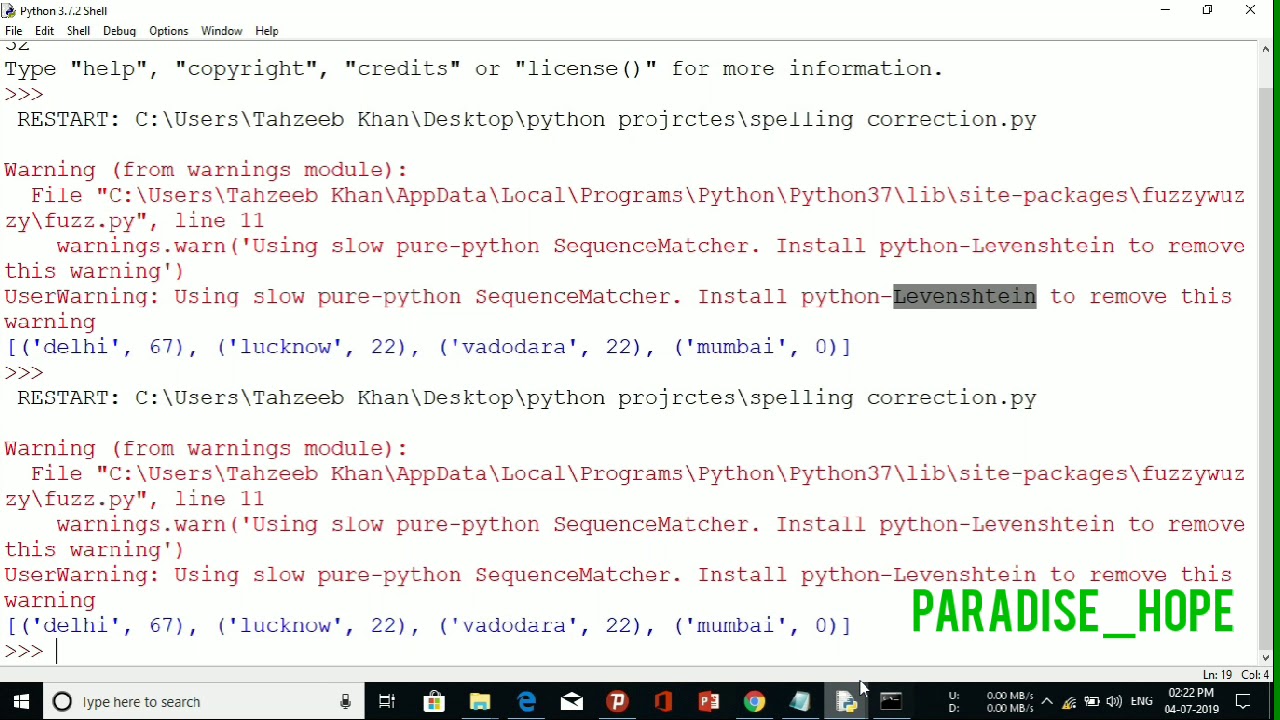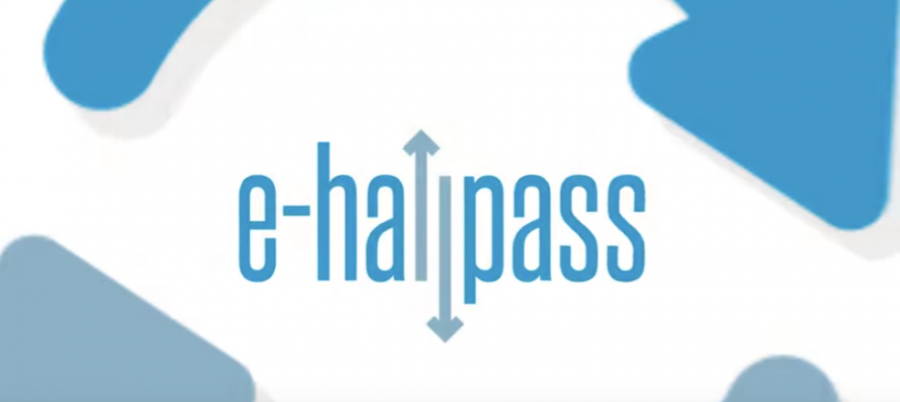Primary Uses of a Python Requests Library
If you are looking into ways to pull data from websites, you’ve probably discovered that you have plenty of options. One of them is using the Python requests library. When it comes to scraping data from a website and formatting it correctly, Python is a go-to programming language for many developers and teams.
Why should you consider using this specific requests library? Here are the basics about the Python requests library and its primary use cases.
What is a library in programming?
Programming languages enable you to create scripts and programs that achieve specific goals in so many different ways. One of the main challenges you will face if you try to code a program able to pull data from a website is time, as you’d need several hundred lines of code to do it.
What if you could use someone else’s code to significantly save time and effort?
That brings us to libraries in programming. Libraries refer to collections of prewritten codes that you can use out of the box. You simply call the library and instantly access all its features without writing a single line of code.
With this in mind, let’s see what Python Requests Library does.
What is Python Requests Library
Python Requests Library, as the name suggests, is a collection of prewritten code you can use in your Python programs. This library provides you with an API so that you can interact with HTTP. Many websites enable API connections to allow users to get access to specific data such as images, search engine results, social media posts, weather information, and others.
The requests library comes with the methods that enable you to execute HTTP operations and interact with a web service of your choice. You can streamline sending the requests and parse the responses so that you can get access to data that’s ready for use.
Now that you know what the requests library is, you are ready to discover its primary features and use cases.
Primary features, quirks, and use cases
Python Requests is a very elegant and easy-to-use Python library. It comes with a wide range of features, including:
- Request – you have access to several methods you can use to handle HTTP requests (GET, POST, PUT, and DELETE);
- Response – the library enables you to get the response in a specific format. You can choose from text, binary response, raw response, and JSON response;
- Headers – you can use the library to read, update, and send new headers. Plus, you can even customize them to achieve specific goals;
- Timeouts – this feature helps you save time by not having to wait for a request indefinitely. Simply set up a time out on the URL to get the response or error due to timeout elapsing;
- Error handling – get access to supported errors such as the timeout error, connection error, TooManyRedirects, and response.raise_for_status error;
- Cookies – you can use the library to read, write, and update cookies for specific URLs;
- Sessions – reuse the same TCP connection for the same host to do more in less time;
- SSL certificates – get an error if the certificate of the target URL is not there;
- Authentication – send authentication information (username and password) when the client requests to get access to target data.
Some of the useful quirks Python Requests Library offers is the ability to leverage headers to send custom information to a web server. As you can see, the library can also handle authentication and HTTP exceptions which can be quite useful for data scraping operations at scale.
The primary function is to send HTTP requests and get the responses. While the library found many use cases, the most noteworthy ones include:
- Web scraping (sentiment analysis, fetching product data, price comparison, and others);
- Interacting with web services;
- Building an app that consumes the data from a 3rd party resource.
Pros and cons of using Python Requests Library
Every library comes with its unique pros and cons. Python Requests Library is not an exception. Here are some of the pros and cons of using it.
Pros
- Very easy to use even with limited experience in Python;
- Straightforward setup for web scraping purposes;
- Streamlined getting, posting, deleting, and updating the data;
- Built-in support for handling sessions and cookies;
- Comes with authentication capabilities.
Cons
- Can be challenging to set it up to fetch data from JavaScript objects;
- Using it with REST APIs requires expertise.
Conclusion
The Python Requests Library is a powerful HTTP module that you can use to send requests and fetch responses from web servers. It’s one of the most popular Python libraries because it’s easy to use and has many features.
You can use it to streamline your web scraping operation or build an app that consumes and processes the data from targeted URLs.




